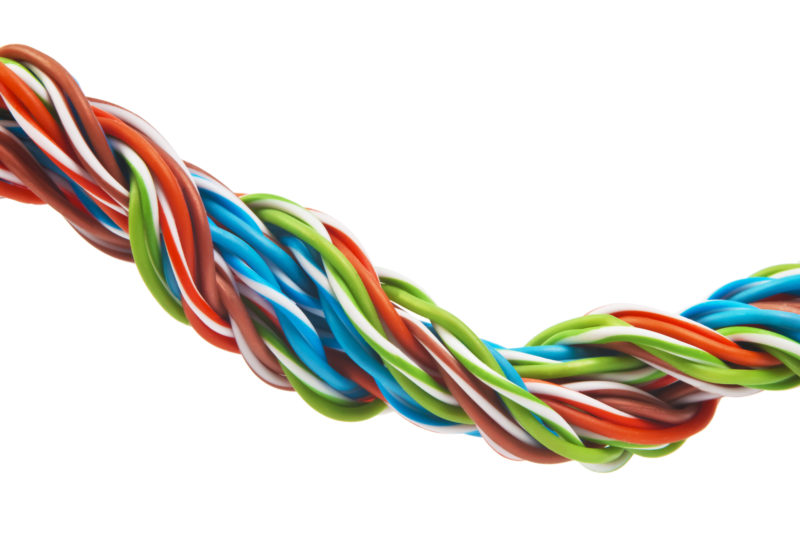
With some analysts predicting that the global Ethernet over Power (EoP) market will reach $1bn by 2022, we are living in exciting times for the technology that uses the electrical wiring of a home as a wired data network.
While skeptics argue that the concept is dated and all but obsolete in the age of Wi-Fi, the simplicity and reliability of EoP offers users a solution that wireless technology cannot match. If anything, the two approaches should be viewed as complementary and not simply a case of picking either the one or the other. In many respects, an EoP network more effectively addresses the age-old problem of having ethernet cables running all over a house to link everything from televisions to computers to a high-speed internet network. While a wireless network does a similar job, the fixed-line approach of EoP provides more consistent speeds, is more secure and reliable, and really is easy to use.
Configuring your home for EoP is as easy as purchasing a basic kit containing two powerline adapters and two ethernet cables. You connect one of the ethernet cables to your router and to the first of the adapters which will be plugged into the nearest power socket. You can then use the second cable and adapter to connect to your television in the living room …and that is it.
The adapters will auto-detect each other so there is no need to download additional drivers or go through a lengthy configuration process. Once it is set up, your television will be linked to the internet – enabling you to enjoy all the benefits of streaming video with no hassle at all.
A bridging technology
EoP should be considered a bridging technology. This means it is useful for extending the reach of a home network to places where wireless coverage is poor or where you need the fastest possible connection.
For example, think next to a gaming console that requires high-speed internet access. It is also the perfect solution to connect old devices that do not have built-in Wi-Fi access and that you previously had to link up using a tangle of ethernet cables.
Additionally, EoP technology is arguably more secure than a wireless network. Data sent across the copper wiring of your home cannot be hacked or intercepted like a wireless signal. An EoP kit also encourages you to password-protect the adapters providing a secondary layer of protection.
You should, therefore, give serious consideration to going the EoP route to complement your existing wireless network – especially if you want to transform your home into a high-speed connected environment.



